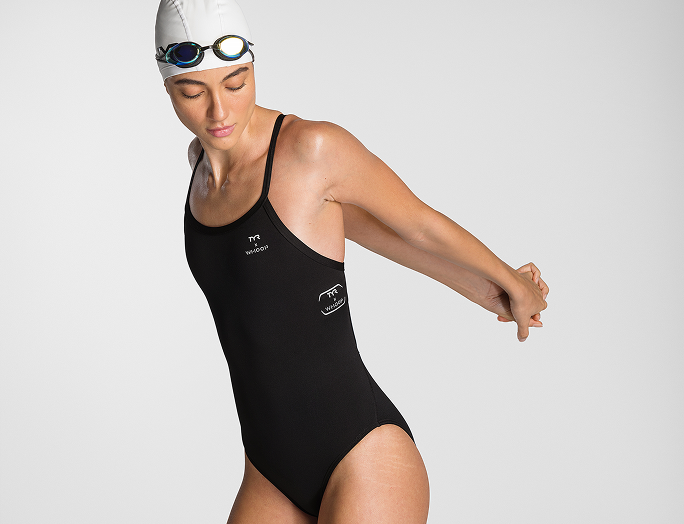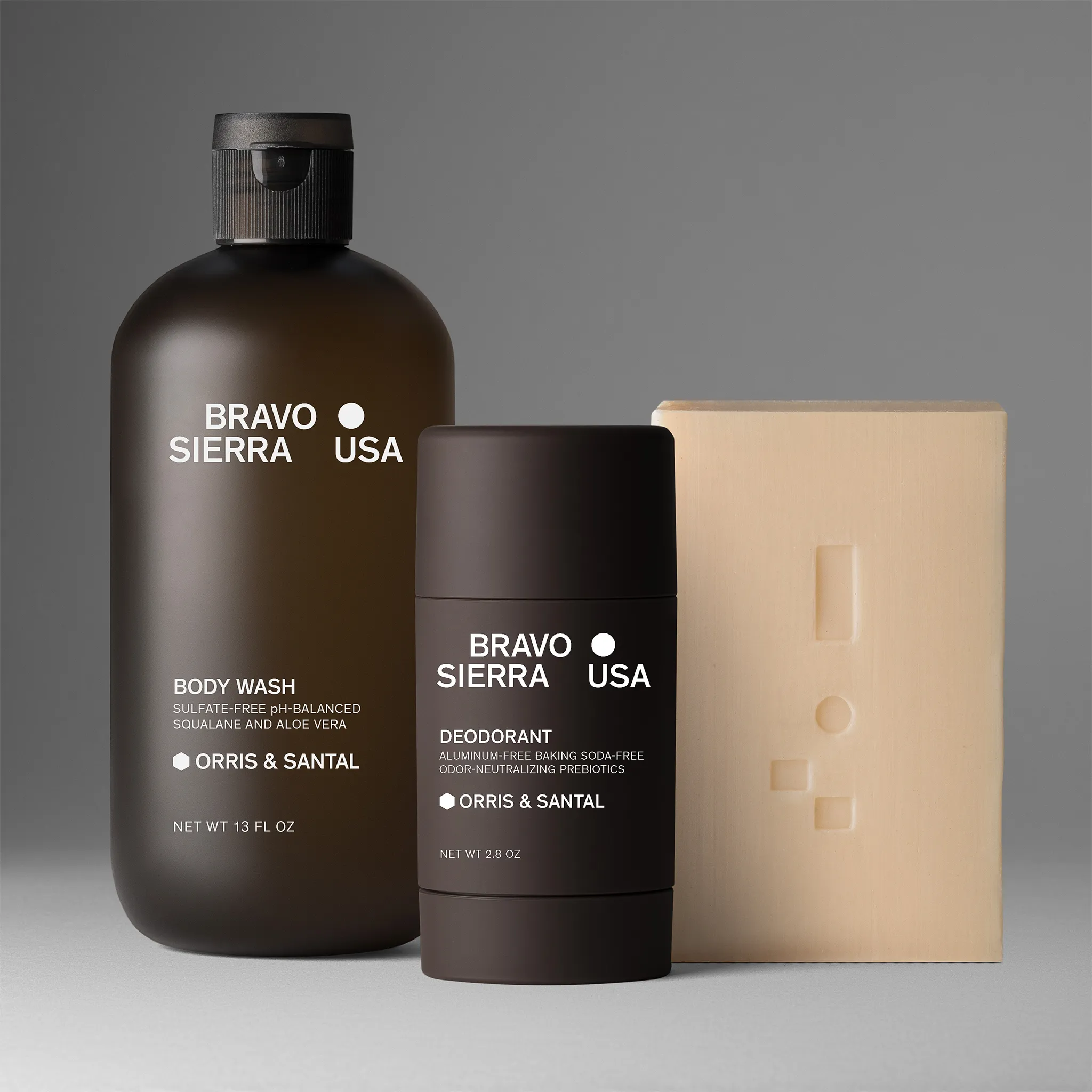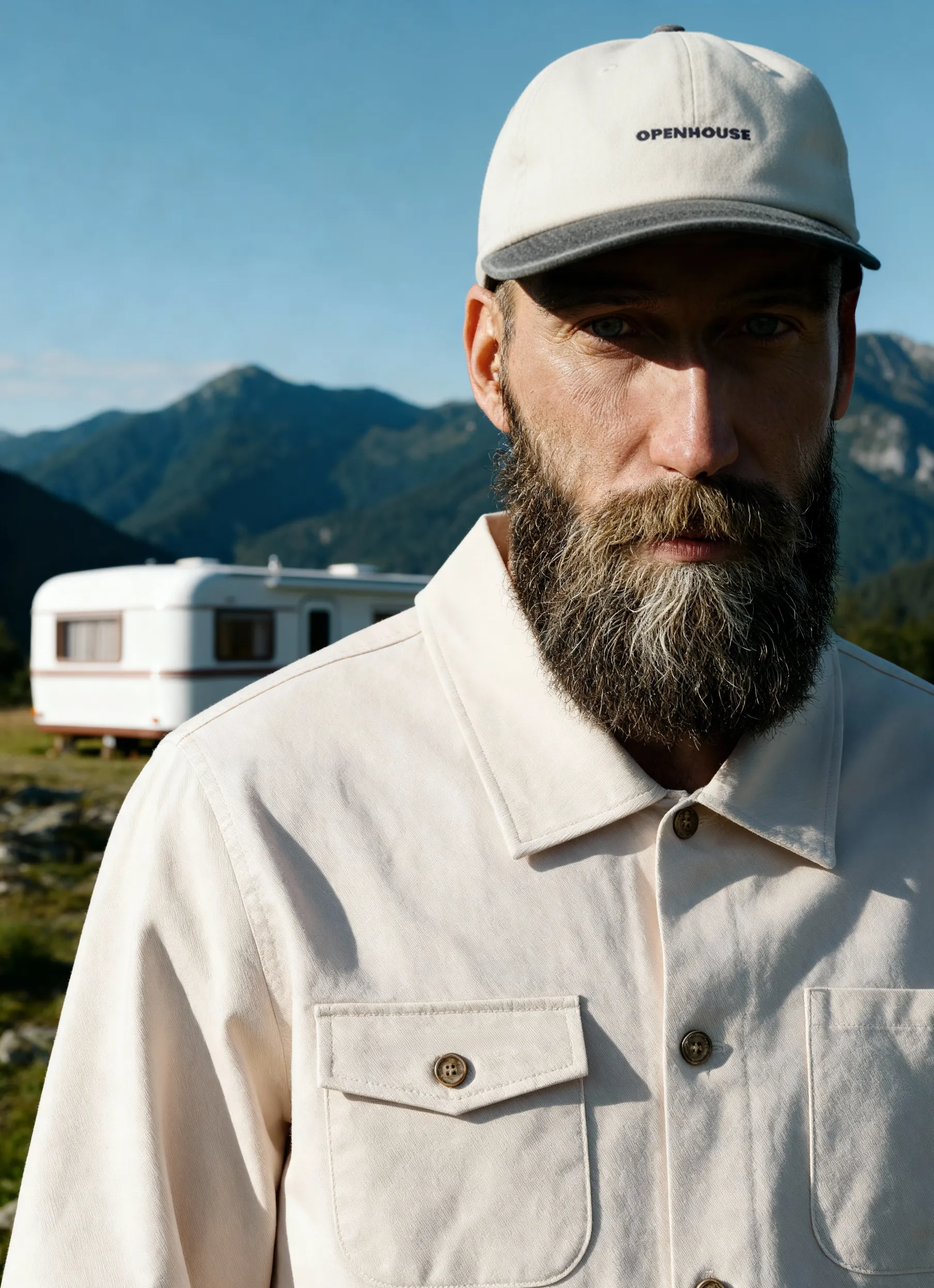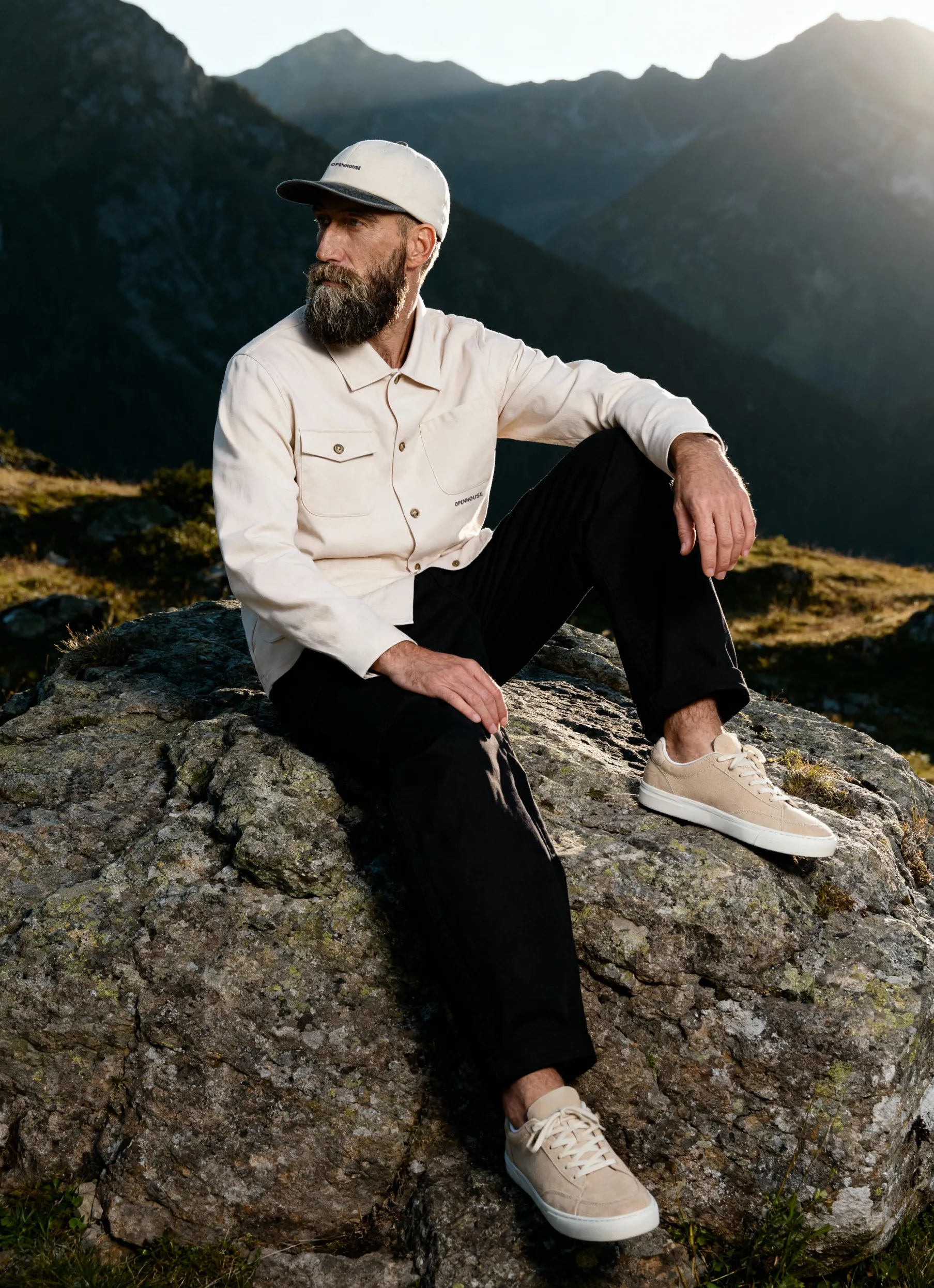The pandemic fast-tracked digital shopping habits, but what started as a survival shift has become the new baseline. Today’s e-commerce trends are shaped by smarter tech, rising customer expectations, and the pressure to do more with less.
Users are growing attached to mobiles, increasingly care about the Planet, speak to their virtual assistants on the go, rely on chatbots to solve their problems, and want everything delivered NOW.
Recognize yourself?
Let's see what trends in the e-commerce industry will shape the ways people shop, dress, travel, and consume in the future.
Voice Search: the New Cool Kid of the Shopping Trends
In 2025, voice search has firmly established itself as a major force in the e-commerce experience. What started as a convenience feature has become a key part of how consumers browse and buy. Below, you can see some of the key statistics:
- Voice search happens at a massive scale — over 1 billion searches occur globally each month, a figure expected to double by the end of the year. About 55% of households now own a smart speaker, giving consumers direct, voice-enabled access to e-commerce platforms.
- Voice-assisted shopping is set to reach $82 billion in global sales by the end of 2025, with annual growth exceeding 20%.
- Convenience is king — 90% of people find voice search easier than typing, and 89% say it’s more convenient, while 87% believe it’s faster.
The Rise of Artificial Intelligence in E-commerce
AI has transformed how online retailers operate and interact with customers. Fashion and lifestyle brands now use AI to deliver personalized product recommendations based on browsing history, automate customer service with chatbots, and even generate product photos or styling suggestions using tools like generative AI.
Photo 1: Casablanca, Photo 2: The Etro, Photo 3: Moncler Genious, Photo 4: Stradivarius, Photo 5: Mango
On the backend, Artificial Intelligence helps forecast inventory needs, optimize pricing strategies in real-time, and detect fraudulent transactions before they escalate. These capabilities reduce operational costs and create faster, more seamless shopping experiences, giving AI-savvy brands a measurable edge in a crowded digital market.
Behind the scenes, AI is streamlining supply chains with greater accuracy and speed. Predictive analytics help brands forecast demand more precisely, reducing overstock and stockouts. Machine learning algorithms analyze sales trends, seasonality, and external factors like weather or market shifts to optimize inventory levels and delivery routes. For fashion and lifestyle brands, this means faster restocks, better product availability, and fewer missed sales — all while minimizing waste and improving overall efficiency.
Personalized Shopping Experience with AR
Auegmented reality in 2025 enables e-commerce businesses to provide tailored, interactive customer experiences that adjust to individual users in real time.
Today’s AR tools go beyond static overlays. Many brands now integrate AR into mobile apps and buying experiences that:
- Adjust product scale to the shopper’s actual environment (e.g., a sofa previewed in a customer’s living room at true size)
- Customize virtual try-ons using the shopper’s face shape, skin tone, or body dimensions
- Provide recommendations based on how products appear or function in the customer’s specific context
For example, several eyewear brands allow shoppers to virtually try on frames, accounting for lighting, face angles, and fit — minimizing the guesswork that traditionally came with online glasses shopping.
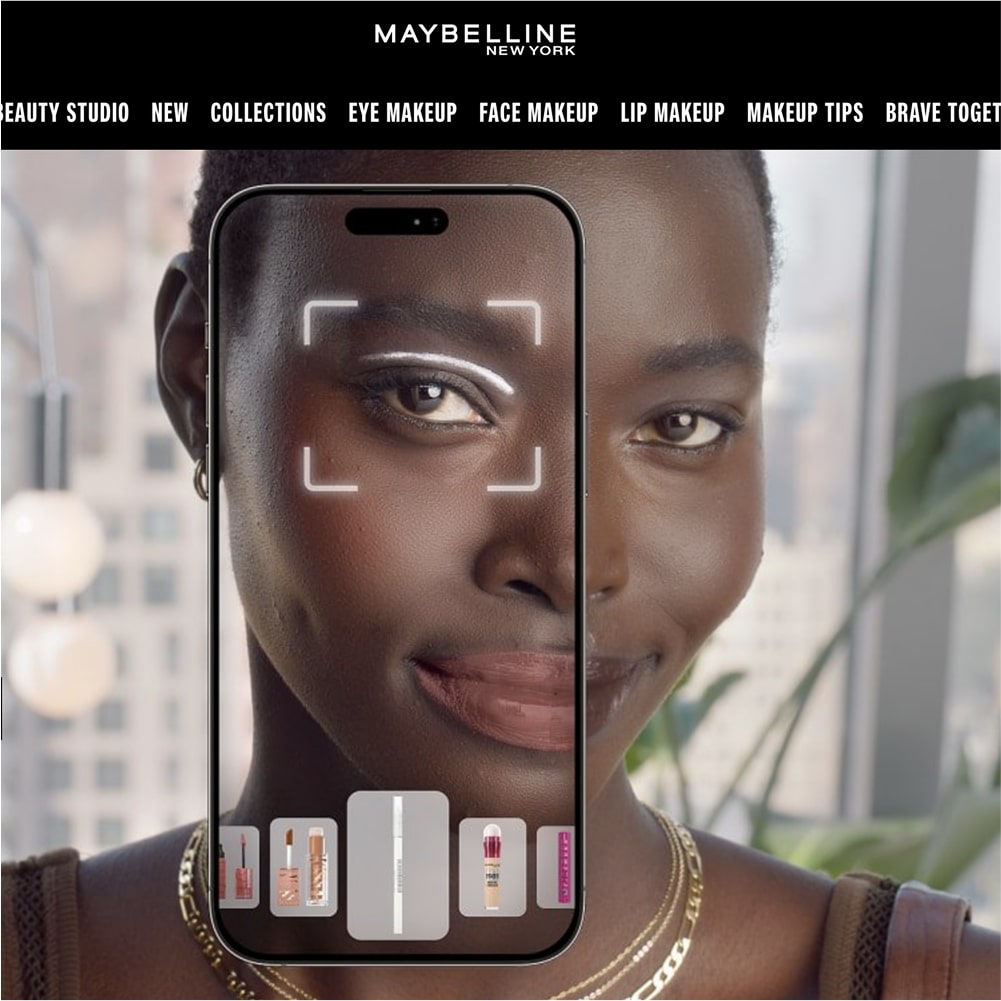
Screenshot: Maybelline
AR personalisation contributes to fewer returns (industry averages show up to 25% reduction where AR try-ons are used) and higher conversion rates. Products advertised with VR/AR content saw a 94% higher conversion rate than products without that content.
The Importance of Mobile Commerce
Mobile commerce isn’t the future — it’s the default. 73% of online shoppers prefer using mobile apps over websites for shopping. Whether it’s browsing, comparing, or buying, consumers expect a seamless experience from their phones. If your site slows them down or makes checkout feel like a chore, they’ll bounce and likely won’t come back.
Optimizing for Mobile Shopping
Designing with mobile in mind isn’t just about responsive layouts. We are talking speed, clarity, and frictionless UX. That means fast load times, large tap targets, simplified menus, and intuitive navigation. Every second of lag or confusion is lost revenue. And don’t forget content: product photos must load fast and look sharp on small screens. If your visuals aren’t optimized for mobile, you might lose trust and online sales.

Mobile Payment Solutions
Today’s mobile shoppers expect checkout to be fast and flexible. Integrating payment tools like Apple Pay, Google Pay, Shop Pay, and PayPal reduces cart abandonment and boosts conversion. If your store doesn’t support these options, you add unnecessary friction to the final, most crucial step.
Social Commerce and Its Impact
In 2025, social commerce — the direct buying and selling of products via social media platforms — has become a core sales channel that you can’t disregard. What started as shoppable posts or tagged products has evolved into fully integrated shopping experiences where consumers can browse, engage, and complete purchases without leaving their preferred platforms.
Social commerce contributes significantly to revenue, particularly in categories such as fashion, beauty, electronics, and home goods. According to recent industry data, 64% of social media users worldwide have made a social commerce purchase in the past year, which translates to nearly 2 billion social buyers globally.
Today’s leading platforms — such as Instagram, TikTok, YouTube, and emerging players — offer end-to-end shopping journeys. This includes:
- Native checkout processes, enabling purchase without platform exit
- Dynamic product recommendations based on real-time user behavior and engagement
- Live shopping events where viewers can purchase featured items directly within the video feed
- Seamless integration of user-generated content into storefronts
Importantly, brands leveraging social commerce in 2025 are also expected to provide transparent customer support, fast resolution of issues via social channels, and alignment with platform-specific privacy policies.
Emphasis on Sustainability and Ethical Practices
Sustainability is no longer a niche concern or a marketing differentiator; it is a baseline expectation for online consumers. Rising environmental awareness, stricter regulatory frameworks, and the increasing visibility of supply chain impacts have made sustainability central to e-commerce strategies.
For online retailers, this means that adopting greener, more ethical practices is not optional. Failing to demonstrate environmental and social responsibility can result in lost sales, reputational damage, or even legal consequences, especially in markets with more rigorous sustainability reporting requirements.
Shoppers in 2025 are better informed and more selective. Access to detailed product data, certifications, and third-party audits has allowed consumers to verify claims rather than rely on marketing language alone.
Key trends in consumer behavior include:
- Preference for verified sustainable products. Items with clear environmental credentials — such as carbon-neutral certification, organic materials, or minimal packaging — see stronger sales performance.
- Increased demand for transparency. Customers expect brands to disclose where and how products are made, what materials are used, and the environmental impact of both production and shipping.
- Willingness to pay more (within limits). Surveys in 2024-2025 show that 60% of online shoppers are ready to pay a premium for genuinely sustainable products, provided pricing remains competitive.
Flexible Payment Options
Today's purchasing decision is shaped not only by product quality or price but also by how easy it is for customers to pay within their budget and lifestyle.
Payment flexibility helps brands address a broader audience, including younger consumers, price-sensitive buyers, and those who expect seamless, on-demand financial options at checkout.
The Rise of Buy Now, Pay Later Services
Buy Now, Pay Later (BNPL) services have moved from being a convenience to an expected option at checkout for many online shoppers. Providers such as Klarna, Afterpay, Affirm, and regional players have refined their offerings to meet stricter regulatory standards and consumer protection rules introduced between 2023 and 2025.
Key characteristics of BNPL in 2025:
- Transparency in fees and terms. Due to increased regulation in markets such as the EU, US, and Australia, BNPL providers are required to display all costs clearly at the point of purchase, minimizing hidden charges and late fees.
- Wider acceptance. BNPL options are available for a larger range of price points, not just high-ticket items. Even smaller transactions (e.g., under $50) may now qualify for installment payments.
- Integration with loyalty programs. Some retailers link BNPL purchases with customer rewards, creating added incentives for repeat business.
For example, a customer purchasing $200 worth of apparel can choose to split the payment into four equal interest-free installments at checkout — a model now supported directly within e-commerce platforms without needing to exit the purchase flow.
Retailers that offer BNPL report reduced cart abandonment rates and increased average order values (AOV).
Subscription Models for Increased Customer Retention
Subscription commerce has expanded well beyond digital services or consumables in 2025. Today, retailers in categories as diverse as apparel, personal care, home goods, and even electronics offer subscription options as part of a strategy to drive retention, smooth revenue, and build deeper customer relationships.
The main trends in subscription models include:
- Customization and flexibility. Consumers can pause, skip, or adjust their subscriptions more easily than before, addressing prior concerns about lock-in or waste.
- Bundled value. Subscriptions often combine physical products with digital services (e.g., skincare items + personalized skin analysis apps, coffee subscriptions + access to virtual barista classes).
- Sustainability alignment. Many subscription services now integrate eco-friendly practices, such as reusable packaging or carbon-offset shipping, as part of the offer.
For instance, Bite offers eco-friendly dental and body care products on a subscription basis, with delivery cadences tailored to each product’s regular use, like toothpaste bits shipped every four months.

Screenshot: Bite
There is also a discount on the subscription option for products that offer both a subscription and a one-time purchase option.
Challenges into Opportunities
As e-commerce continues to evolve rapidly in 2025, businesses face a complex landscape of shifting consumer expectations and technological innovations reshaping the market. Successfully navigating these changes requires balancing operational agility with strategic investment to maintain relevance and long-term growth.
Adapting to Evolving Consumer Expectations
Consumer behavior in 2025 reflects higher demands for seamless experiences, transparency, and personalized interactions across every stage of the shopping journey. Key challenges for retailers include:
- Meeting faster delivery and fulfillment demands. Same-day and next-day shipping have become standard in many markets, increasing pressure on supply chain efficiency.
- Ensuring data privacy and trust. With heightened regulatory scrutiny (GDPR expansions, CCPA updates, and other global privacy laws), consumers expect clear communication on how their data is used and protected.
- Addressing the demand for sustainability. More shoppers now factor environmental impact into purchasing decisions, seeking brands with transparent, ethical practices.
- Managing omnichannel consistency. Consumers expect a uniform experience, whether shopping via mobile apps, desktop websites, or physical stores.
Online retailers that fail to meet these expectations risk losing customer loyalty and market share.
Innovation and Competitive Advantage
Technology remains a key driver of differentiation in e-commerce. The 2025 landscape offers multiple innovation opportunities that can translate into a competitive advantage:
- AI-driven automation. From chatbots improving customer service response times to automated warehousing and logistics, AI enables cost reduction and improved customer satisfaction.
- Advanced analytics for decision-making. Real-time data feeds allow quicker response to market changes and consumer trends, supporting dynamic pricing, inventory management, and marketing optimization.
- Enhanced immersive experiences. AR, VR, and mixed reality tools are increasingly integrated into shopping platforms, providing customers with richer product interactions and reducing uncertainty.
- Sustainability tech. Innovations like carbon footprint tracking, circular economy logistics, and eco-friendly packaging offer new ways to meet consumer demands and regulatory requirements.
Brands investing strategically in these areas can improve operational efficiency, build stronger customer relationships, and capture new market segments.
E-commerce trends 2025: Laying the Ground for the New Norm
It's safe to conclude that the online shopping experience will become even more entertaining, AI-powered, frictionless, data-driven, mobile-friendly, visually pleasing, and omnichannel.
But the good news for online store owners is that people are becoming weary of brandless marketplaces and actively searching for handmade, unique, sustainable brands to liven up their mass-produced reality. They are happy to trade in the savings made on Amazon-sourced household basics for one-of-a-kind artisan products and brands that care about social responsibility.
If you are an e-commerce entrepreneur who follows the industry's hot topics, you will appreciate the value of professional product photography. Check out our product images portfolio to see if we could help your brand make your products convert more onlookers into buyers.
Product A
SQUARE SHOT








